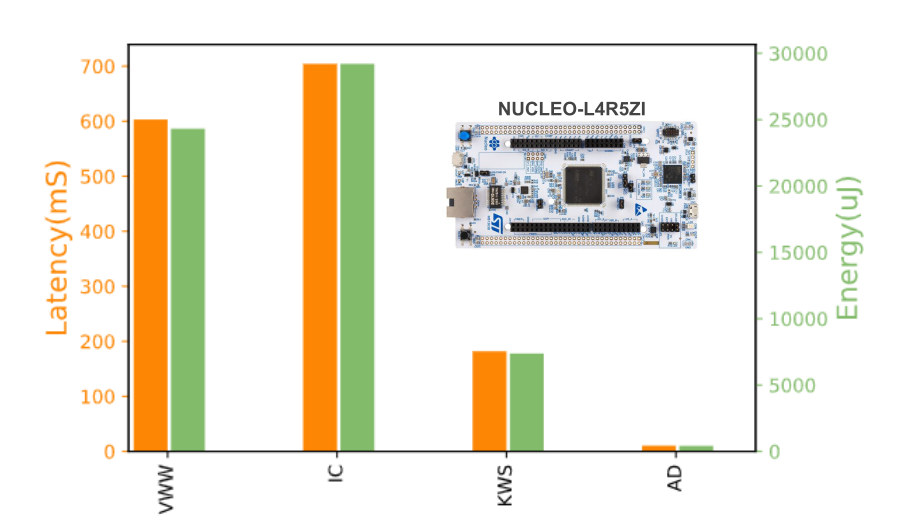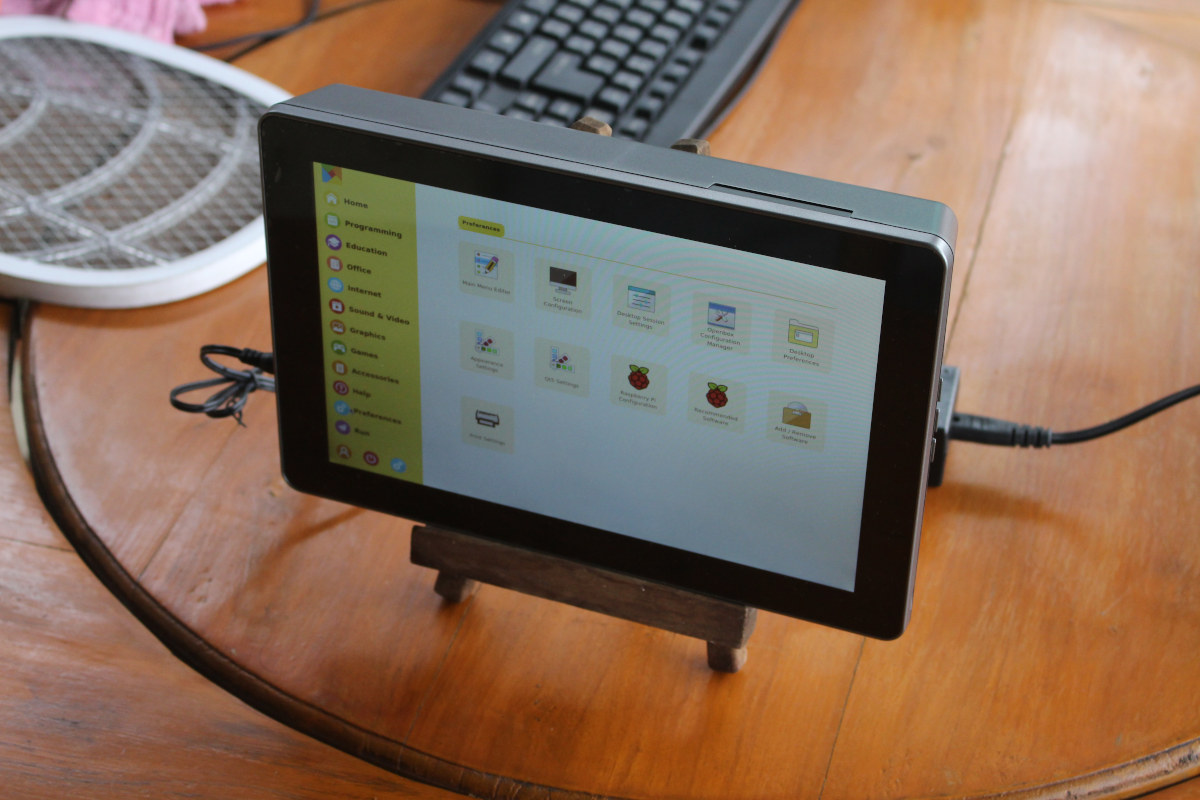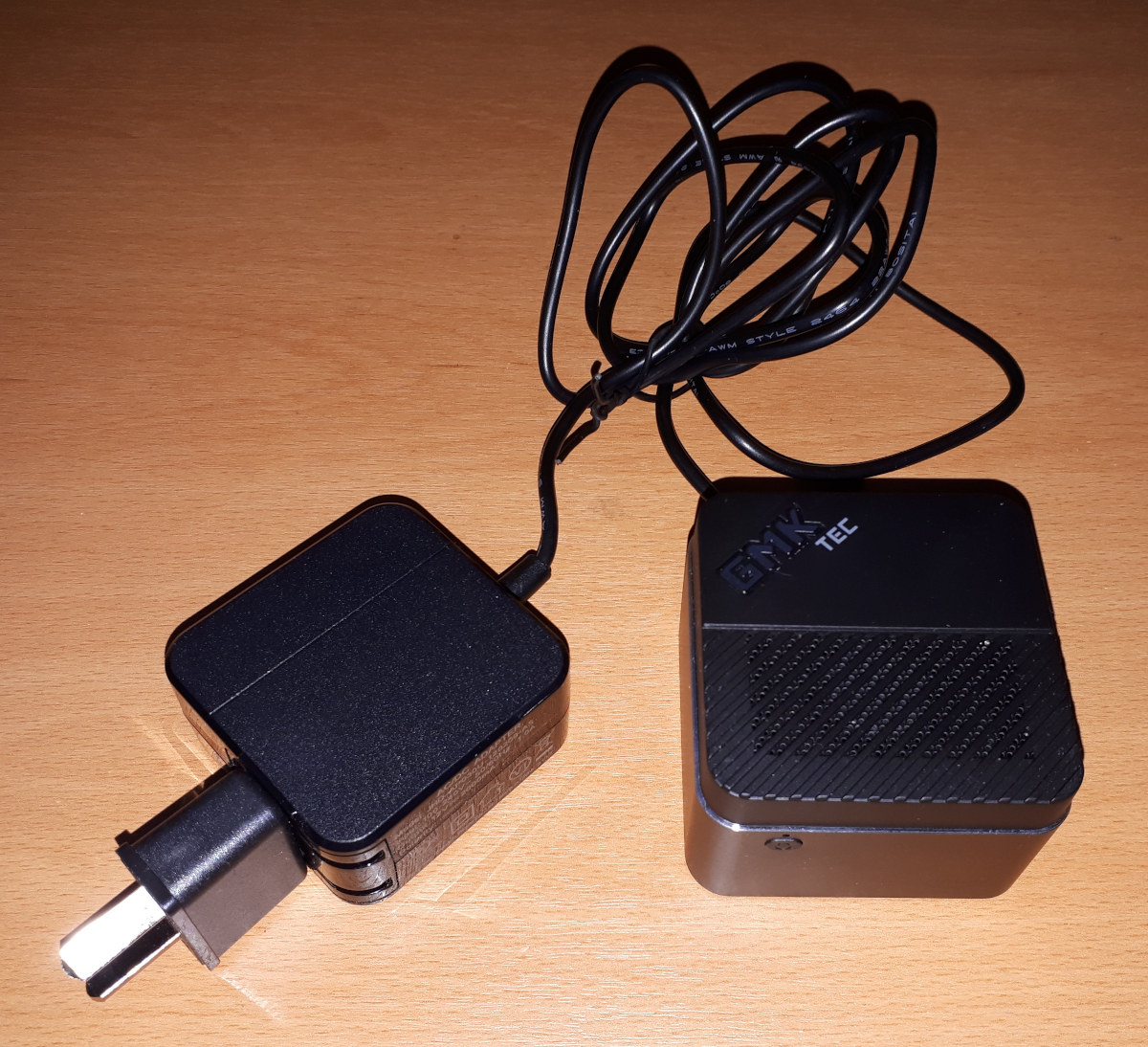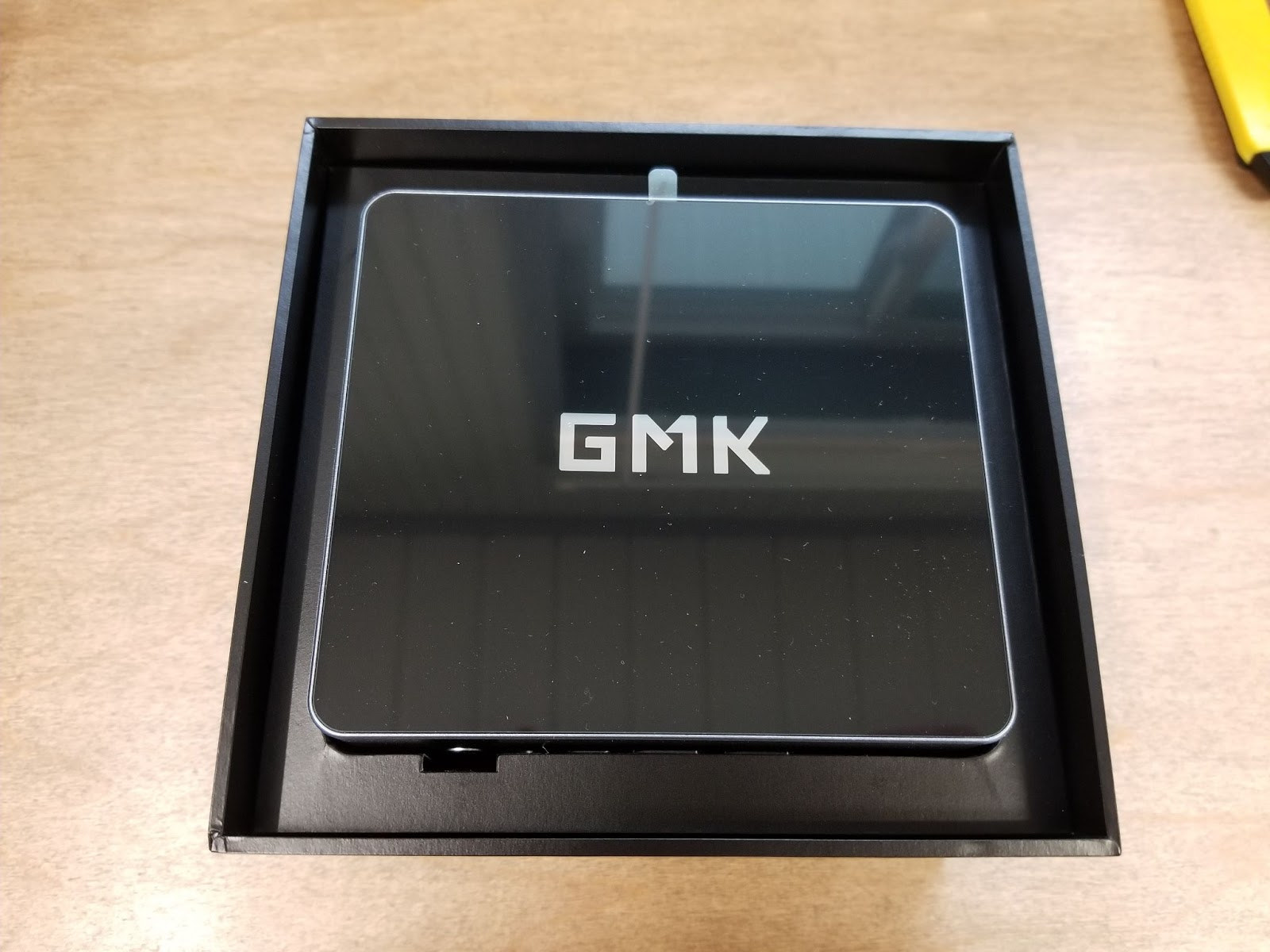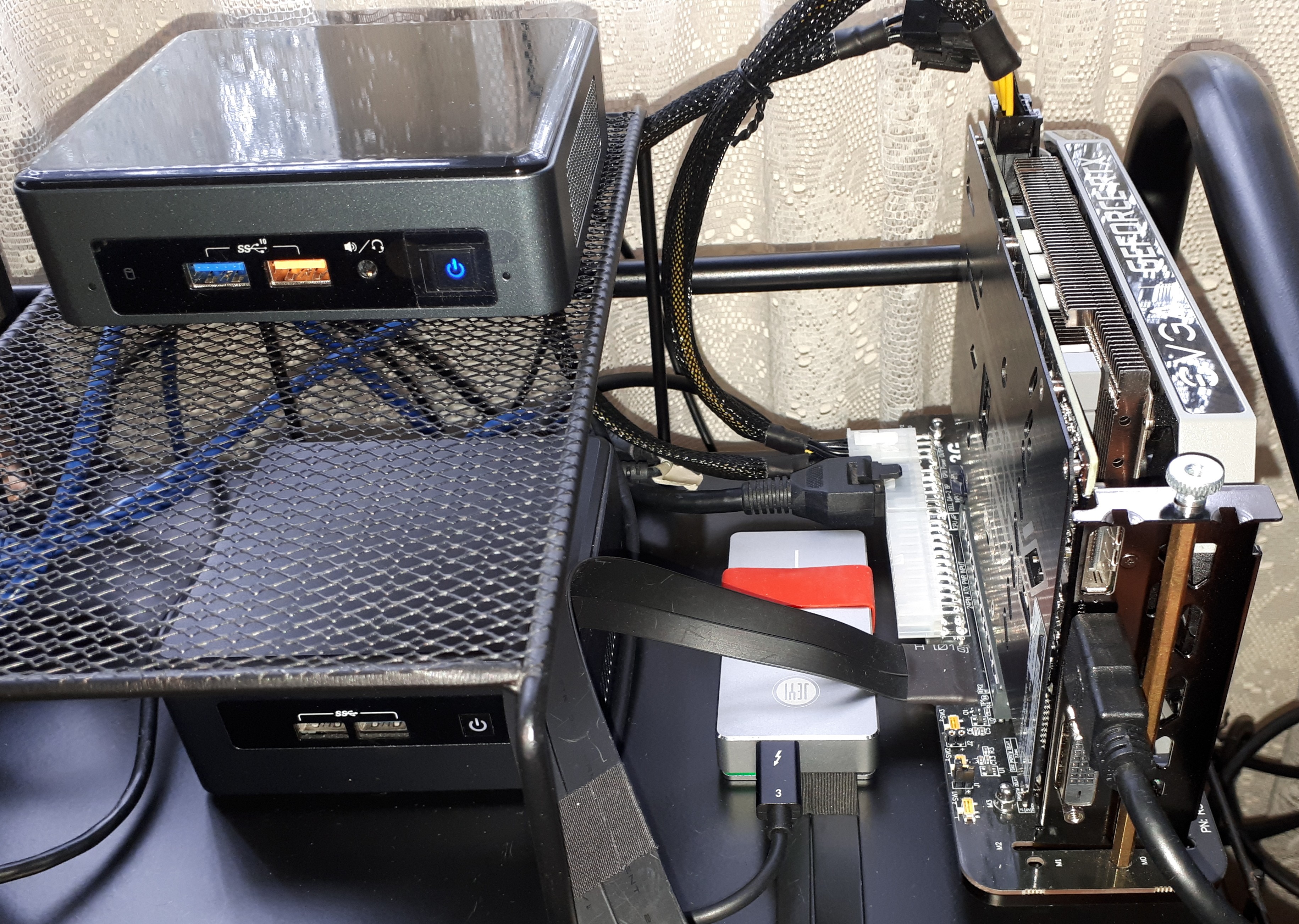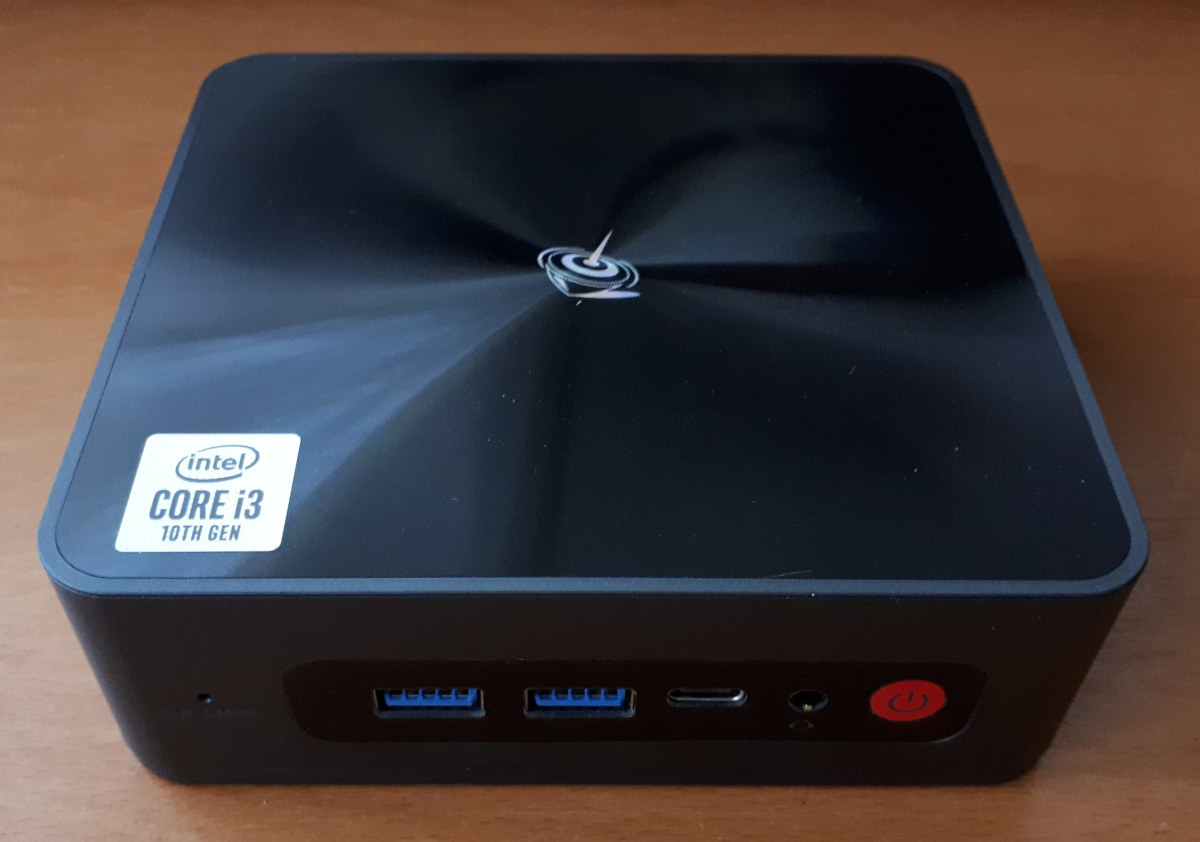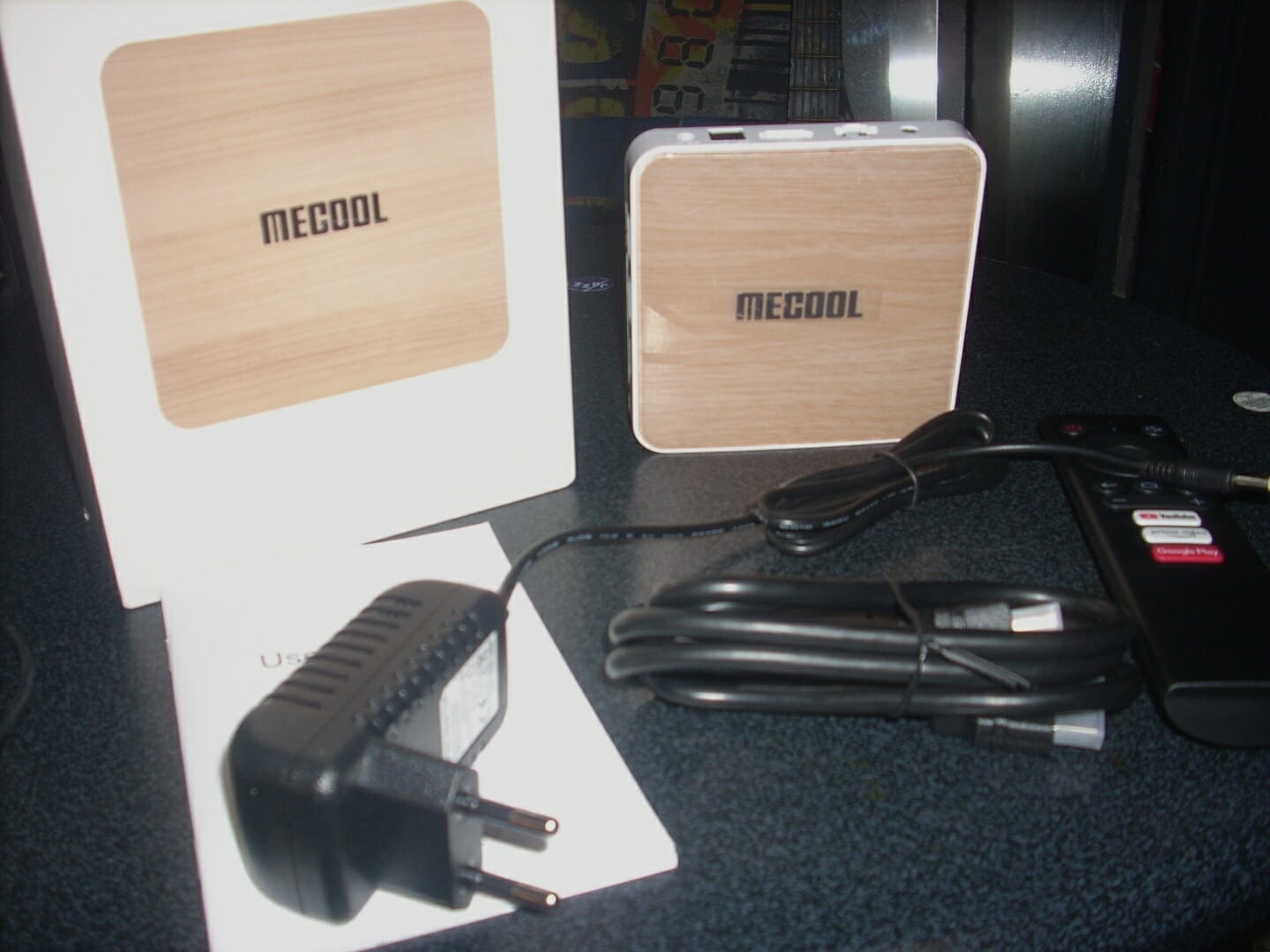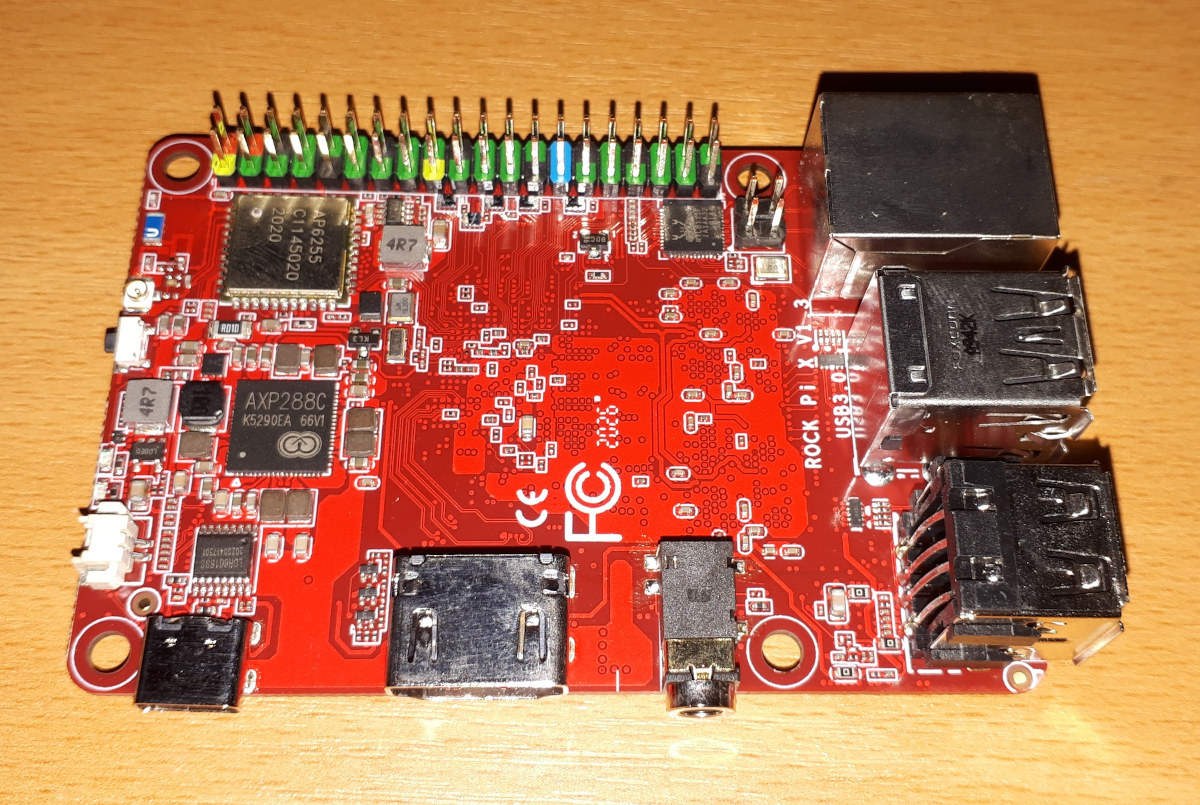As machine learning moves to microcontrollers, something referred to as TinyML, new tools are needed to compare different solutions. We’ve previously posted some Tensorflow Lite for Microcontroller benchmarks (for single board computers), but a benchmarking tool specifically designed for AI inference on resources-constrained embedded systems could prove to be useful for consistent results and cover a wider range of use cases. That’s exactly what MLCommons, an open engineering consortium, has done with MLPerf Tiny Inference benchmarks designed to measure how quickly a trained neural network can process new data for tiny, low-power devices, and it also includes an optional power measurement option. MLPerf Tiny v0.5, the first inference benchmark suite designed for embedded systems from the organization, consists of four benchmarks: Keyword Spotting – Small vocabulary keyword spotting using DS-CNN model. Typically used in smart earbuds and virtual assistants. Visual Wake Words – Binary image classification using MobileNet. In-home security […]
RasPad 3 Review – Part 2: A Raspberry Pi 4 mini PC with integrated display
I started RasPad 3 review last week with an unboxing of the tablet shell for Raspberry Pi 4, together with assembly instructions, and a first boot after flashing Raspad OS to the system. In the first part of the review, I mentioned that I’d probably focus the remainder of the review on Ezblock Studio visual programming IDE, as the rest of the software is almost the same as using a standard Raspberry Pi 4, the other difference being the touchscreen-friendly RasPad launcher. But Sunfounder explained to me it would be hard to check out Ezblock as it’s designed to control robots and other hardware platforms, and requires an extra HAT (see Kickstarter campaign) to allow the Ezblock APP to connect through Bluetooth (it cannot be directly linked to Raspberry Pi through the built-in Bluetooth). Here’s an example of a robot that is compatible with Ezblock Studio: Picar-X. Finally, I was […]
GMK NucBox Review – A palm-sized Windows 10 mini PC
GMK released their diminutive mini PC called the NucBox a while ago however they have recently updated the BOM with a new fan and WiFi module together with changing their logo from GMK to GMK TEC. GMK sent the new NucBox for review and the results from various testing are detailed below. Hardware Overview The NucBox physically consists of a 62 x 62 x 42mm (2.44 x 2.44 x 1.65 inches) rectangular metal case with a plastic top and base plate. As an actively cooled mini PC, it uses Intel’s 14 nm J4125 Gemini Lake Refresh processor which is a quad-core 4-thread 2.00 GHz processor boosting to 2.70 GHz with Intel’s UHD Graphics 600. The front has just the power button whilst the rear includes two USB 3.0 ports, an HDMI port, and a Type-C USB port for power. The left side has a microSD card slot and a headphone […]
GMK NucBox2 Review – Windows 10, Unraid OS on a Coffee Lake mini PC
Karl here. Today we are going to look at a mini PC. It is by GMK. GMK’s first foray looks to be the NucBox, a super tiny mini pc. I would call the NucBox2 its older, bigger, more capable brother. What stood out to me was the M.2 4x NVMe slot. I don’t anticipate a superfast SSD to come with the NucBox2 but we will see. The NucBox2 only had one 8 GB stick of memory and I had an extra stick laying around so I installed it to get dual-channel support. I think they are doing this mini PC a disservice using memory in single-channel mode. A quick Google search shows an 8GB stick is about $50 and I would highly recommend this upgrade. Notable Specs Processor – Intel Core i5-8259U 4-core/8-thread Coffee Lake processor 802.11 AC WiFI M.2 NVMe 256 GB SSD (Netac) 8GB memory single-channel Gig Ethernet […]
Using an eGPU with a mini PC
Mini PCs have grown in popularity in part due to their small form-factor offering low-powered basic computing with sufficient ports for connectivity. As such they are useful both in commercial settings such as digital signage as well as with consumers needing a small-footprint or VESA-mounted low-cost computer. However, one drawback is their limited graphical performance due to using CPUs with integrated graphics which results in the options for playing games being somewhat restricted and ‘AAA’ titles typically being unplayable. Lower-priced laptops often share the same drawback and one of the ways that users have addressed their graphical need is by utilizing an external GPU (eGPU) however the commercially available ones are both expensive and require connecting via a Thunderbolt 3 port. Unfortunately, not many Chinese-made mini PCs currently include a Thunderbolt 3 port however now that they have started to include M.2 NVMe ports this has created the possibility of […]
Beelink SEI Review – A Core i3-10110U Mini PC Tested with Windows and Ubuntu
Beelink has launched a new range of mini PCs called the SEi Series. Similar in size and appearance to an Intel ‘NUC’ they are available in various configurations. Beelink sent a Core i3-10110U SEi model for review which is the version that has now replaced their i3-1005G1 model which they had to discontinue due to the lack of processor availability. There is also an i5-8259U model in the series. Beelink SEi Hardware Overview The SEi physically consists of a 124 x 113 x 41mm (4.88 x 4.48 x 1.61 inches) rectangular plastic case. It is an actively cooled mini PC and uses Intel’s 14 nm++ Core i3-10110U Comet Lake processor which is a dual-core 4-thread 2.10 GHz processor boosting to 4.10 GHz with Intel’s UHD Graphics for 10th Gen Intel Processors. The front panel has a power button, a headphone jack, a Type-C USB 3.0 port, and two USB 3.0 […]
Mecool KM6 Deluxe (Amlogic S905X4) TV Box Review
Back in September 2020, Jean-Luc wrote about the Mecool KM6 TV Box. This comes with the Amlogic S905X4 with AV1 support and preloaded with Android TV 10. Since Jean-Luc could not review the KM6, I offered to do this for him. It was already mentioned the box was delayed in the previous article published in September. After that, it was further delayed until January 2021. So last week I received the Mecool KM6 deluxe for review. It comes with a remote, a 2A/5V PSU, and an HDMI cable. My deluxe version has 4GB LPDDR4 and a 64GB eMMC flash. They also sell the KM6 Classic which comes with 2GB LPDDR4 and a 16GB eMMC flash. Under the moto, don’t turn it on, take it apart. I opened the box to see its internals. There were 4 screws to undo under its rubber feet. It comes with a metal plate on […]
Rock Pi X Review – An Atom x5 SBC running Windows 10 or Ubuntu 20.04
The ROCK Pi X is the first x86 SBC (single board computer) from Radxa and resulted from repeated enquiries about running Windows on their earlier ROCK Pi 4. The ROCK Pi X comes in two models (Model A and Model B) with each model having either 1GB, 2GB, or 4GB of RAM and either 16GB, 32GB, 64GB, or 128GB of eMMC storage. Additionally, the Model B includes WiFi and Bluetooth together with supporting Power over Ethernet (PoE) although this requires an additional HAT. Both Seeed Studio and Radxa provided samples and in this review, I’ll cover some performance metrics from both Windows and Ubuntu and also discuss the thermals. Rock Pi X Hardware Overview The ROCK Pi X is similar in size to a Raspberry Pi board… but with slightly different ports and port locations even when compared to the Raspberry Pi 4. It is physically slightly larger than its […]


